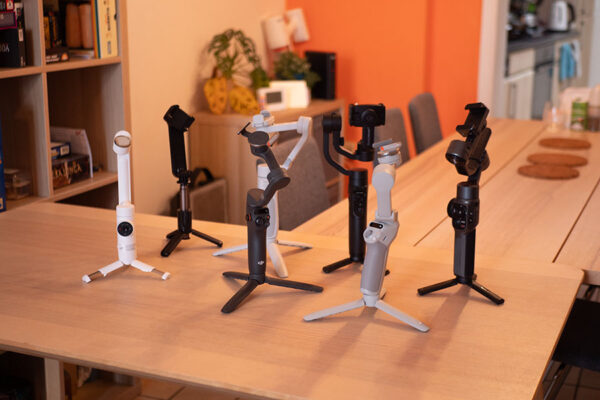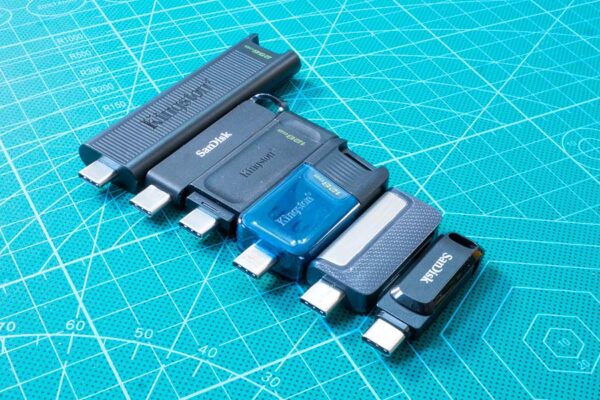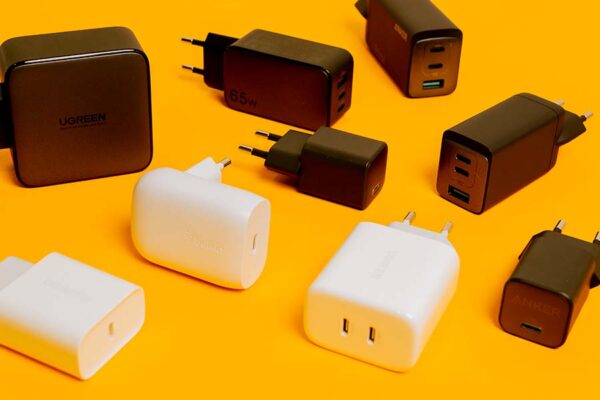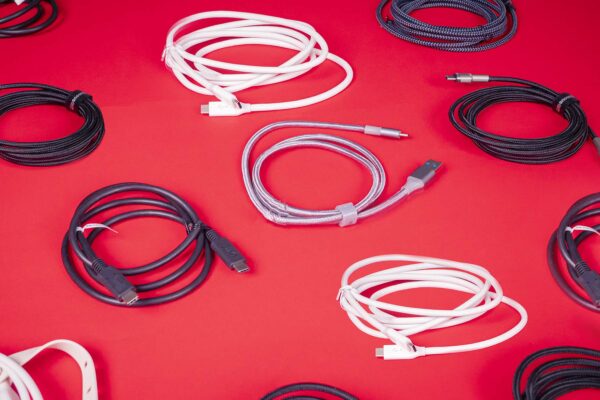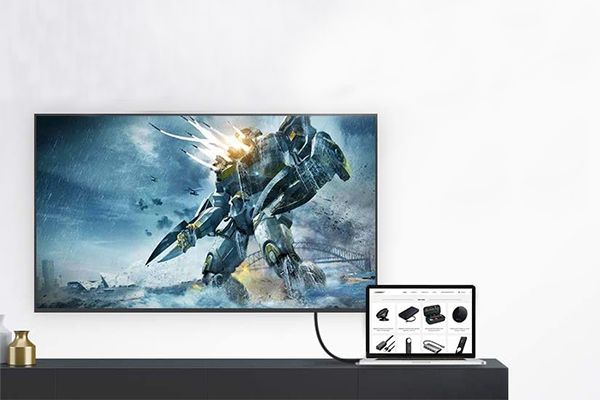Updated on 9 February 2023

The TP-Link RE305 is best suited for flats or small houses. It benefits from an extendable range, easy installation, a discreet design and a respectable throughput to take the top spot in its range. With it, you can watch streaming movies or play online games without worrying about the connection. However, make sure you place it at the right distance from your box to enjoy sufficient speeds. We preferred it to the RE200 because, in our tests, it delivered a better performance with minimal loss. It was also more convenient to install thanks to its more compact size.
TP-Link RE605X
If you need a repeater capable of supporting Wi-Fi 6, the TP-Link RE605X is the most suitable option thanks to its attractive price/performance ratio and ease of use.

The TP-Link RE605X is one of the few Wi-Fi 6-compatible repeaters, with a bandwidth of 1.8 Gbps divided between two frequencies (2.4 GHz and 5 GHz). It is compatible with Mesh functions (OneMesh routers only) and can be fully managed via the dedicated mobile app. Unfortunately, it can only be used to its full potential if you have a suitable router/modem. In our tests, it was the fastest, with results identical to our router’s direct connection. The RE505X, which we also tested, offers a similar result, although it is less fast overall (1200 Mbps maximum compared to 1800). It is, however, more affordable.
Xiaomi Mi Range Extender Pro
Compact and affordable, this little repeater is enough for anyone who needs to extend their Wi-Fi coverage without requiring a fast connection. Its performance remains respectable compared to its competitors.

Even if the Xiaomi Mi Range Extender Pro seemed a bit cheap with its limited-quality plastic, it managed to surprise us during our tests. Its compact size is particularly convenient to integrate into your home thanks to the fact that it doesn’t block any additional sockets. The brand’s application for setting up and managing the device proved to be quite interesting, even if the options remain limited. We measured performance in the mid-range of very low-budget repeaters (meeting the Wi-Fi 4 standard), making it a relevant solution if you just need to increase the range of your network. Note that it doesn’t have any LEDs to indicate network quality (you have to go through the app) and it doesn’t have a WPS button.
Netgear Nighthawk EX7300v2
Featuring MU-MIMO technology and WPS, which makes installation easy and almost instantaneous, it is one of the fastest Wi-Fi repeaters on the market, while covering a large area.

It is one of the fastest and most reliable repeaters on the market. It covers a very large area and is intuitive and easy to install. In addition, it has an efficient system that combines MU-MIMO technology, which can provide a quality connection to multiple devices simultaneously, with beamforming technology, which allows specific data to be sent to each device on the network. Nevertheless, during our tests, we noticed that the settings were limited compared to its rivals. That’s a shame, as its 2.2Gbps bandwidth is the highest in our comparison. It supports Wi-Fi 5, which automatically makes it an alternative to its more modern competitor.
Our selection
| Our choice, Best budget | Best mid-range | Budget alternative | Mid-range alternative |
|---|---|---|---|
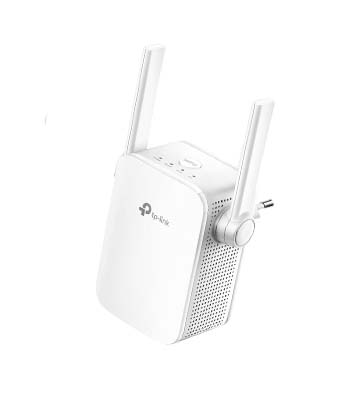 |  | 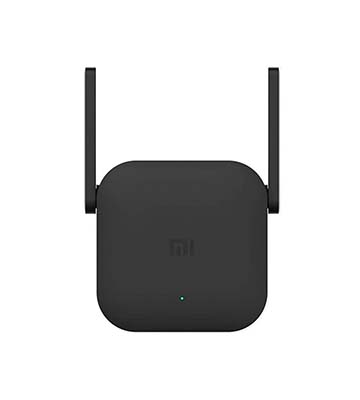 | 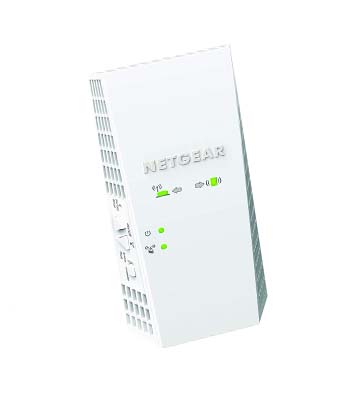 |
| TP-Link RE305 | TP-Link RE605X | Xiaomi Mi Range Extender Pro | Netgear Nighthawk EX7300v2 |
| Combining discreet design and universal compatibility, this model has an extendable range and a dual bandwidth signal for increased throughput. Installation is simple and management intuitive. | If you need a repeater capable of supporting Wi-Fi 6, the TP-Link RE605X is the most suitable option thanks to its attractive price/performance ratio and ease of use. | Compact and affordable, this little repeater is enough for anyone who needs to extend their Wi-Fi coverage without requiring a fast connection. Its performance remains respectable compared to its competitors. | Featuring MU-MIMO technology and WPS, which makes installation easy and almost instantaneous, it is one of the fastest Wi-Fi repeaters on the market, while covering a large area. |
| £ 73.14 on Amazon | £ 25.00 on Amazon | See the price on Amazon |
Selectos compares and tests hundreds of products to help you buy better. We sometimes receive a commission when you buy through our links, which helps fund our work. Learn moreWhy trust us ?
How did we test?
To test the Wi-Fi repeaters, we first carried out a simple hand test to determine the assembly quality and choice of materials. Then, we installed the repeater on a power socket to check the space it occupied around it.
Once connected, we proceeded with the initialization using the interfaces at our disposal while analyzing their ergonomics. Finally, we conducted a network test, on the one hand, in direct connection with the router, on the other hand, by using the network generated by the repeater. These data allowed us to evaluate the loss in a context where certain obstacles are present (block wall, Gyproc partition).
How to choose a wifi repeater?
What is needed for a Wi-Fi repeater to work properly? A sufficiently powerful connection, an efficient Internet service provider (possibly with a fibre-optic offering) and a router capable of exploiting its full potential. However, it is not easy to choose, especially given the number of devices available on the market and the complexity of some models.
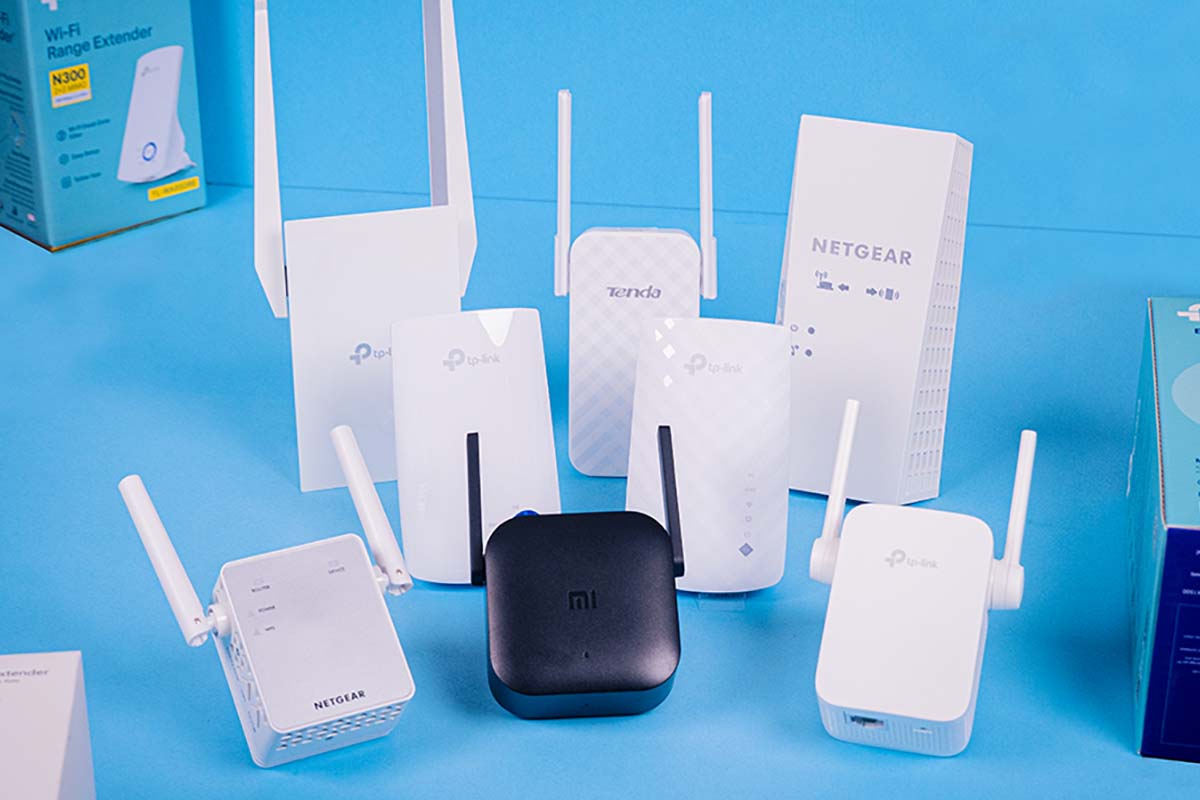
To help you make the right choice and find a repeater that meets your needs, some key criteria should be considered:
- The number of bands: in general, the 2.4GHz band has a longer range, but the 5GHz allows faster speeds, suitable for more demanding devices. If you have a dual-band router, then it’s a good idea to get a dual-band repeater, which can combine long range with speed. However, if your router only offers one band, a dual-band is not only of no benefit to you, it is an unnecessary expense.

- The proposed speed: a maximum speed is always announced by the manufacturer, but it should be noted that the actual speed will always be lower, and above all dependent on the environment (the quality of the connection and that of the router, in particular).
- The MU-MIMO standard: the Multi-User, Multiple-Input, Multiple-Output technology allows a Wi-Fi repeater to communicate with several wireless devices simultaneously. This allows for a faster wireless network. Unless you only have one device connected to the network, this is a standard to look out for on your repeater!

- Security standards: it is important to be able to secure access to your Wi-Fi network. This is why you need to check that the repeater you have found meets the WPA2-PSK (AES) security standard, the latest in force.
- Ease of use: to connect, you will need to know the name of your network or the SSID of your router and your password or passcode to establish a connection. However, some Wi-Fi repeaters have Wi-Fi Protected Setup (WPS). Simply press the button on the router and then the button on the repeater to connect them. Others have a built-in touchscreen, making it easy to connect.

- Connectivity: some Wi-Fi repeaters have several Ethernet ports and therefore act as a hub. This can be very useful for connecting certain devices, and thus free up Wi-Fi bandwidth. Others include a female electrical socket (as opposed to the RJ45 female socket), allowing you to avoid blocking one of your electrical sockets (this is almost vital when the house is not well equipped at this level!)

- Design: while more secondary, this criterion can be important depending on where you want to place the repeater. There are two main types on the market: those in the form of small plastic blocks, designed to plug directly into a wall socket, and those that look more like a router with antennas. They are a little flashier and have their own power supply.

Other Wi-Fi repeaters we recommend
TP-Link TL-WA850RE (£19.19 upon publication): an affordable alternative. Like the Xiaomi repeater, the TL-WA850RE is a very low-budget solution. It delivers average performance and links to a well thought out application. Its design is quite nice even though it automatically blocks any nearby power outlets. We decided to put it in this section because of its price, which is very close to the other TP-Link solutions mentioned in the selection.
Netgear EX3700 (£37.00 upon publication): a compact solution with an old-fashioned interface. Although not the most stylish or powerful, the EX3700 is a viable alternative. We measured average throughputs, but we recommend a higher-end model if you need to cover a larger area. Its main drawback is its dated and slightly buggy web interface, which caused us problems during the initial configuration.
Other Wi-Fi repeaters tested
Tenda A9 (£18.17 upon publication): very economical, but not really practical. The Tenda could have shone with the same performance as the Xiaomi Mi Extender Pro. However, this was without counting on the absence of a mobile application (only a simple web interface exists) and on its format a little too bulky for our preference, as it obstructs a socket.
TP-Link RE505X (£79.49 upon publication): like the 605X, but cheaper. The RE505X has all the strengths of the RE605X in the selection. However, it has a lower bandwidth, making it less attractive in terms of raw power. However, it is still an appealing solution if you need a relatively affordable Wi-Fi 6 repeater.
Translated by Ramsés El Hajje







